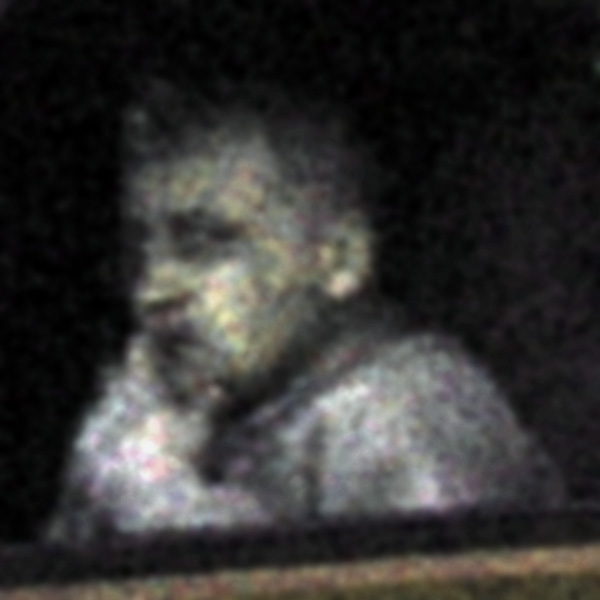One of my approaches to taking pictures is to photograph the mundane, usually restricted to a subject, haphazardly, obsessively, voluminously and generally without looking through the camera while taking them.
One of the consequences of this method is that I accumulate an extensive visual record which I can continue to investigate, as I continue to make pictures and find my way into a deeper knowledge of and relationship with my subject.
I've taken many pictures while driving. I began doing this somewhat casually, without much expectation, taking pictures of other cars and drivers, of the roadside, and the road itself. One thing that struck me was how often cars in my pictures appeared to be empty, driverless. Cars with people visible in them were a rarity, and in many of those the people were insignificant, obscured by glass and shadow and blur.
Then one day I noticed a woman in one of the cars, small and dark and dull but clearly visible — though distorted and horrific. I started looking through my old pictures to see who else was there, enlarging them and attempting to draw them out of the shadows. The pictures presented here are the result.
All pictures of the living become in time pictures of the dead. This is a fundamental truth of photography and one source of its power. Eventually the vivid, living world we capture in a photograph passes, and fades to memory, but still remains as a pale image in a box or on a wall.
These pictures are pictures of the dead, or dead that will be.
